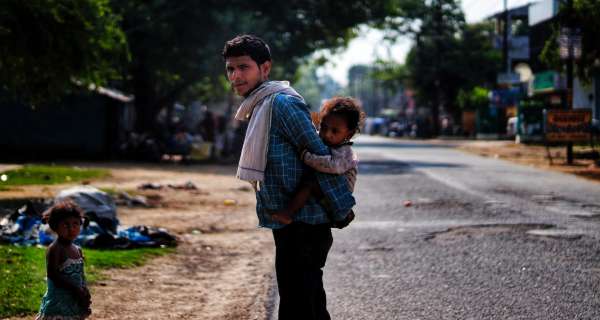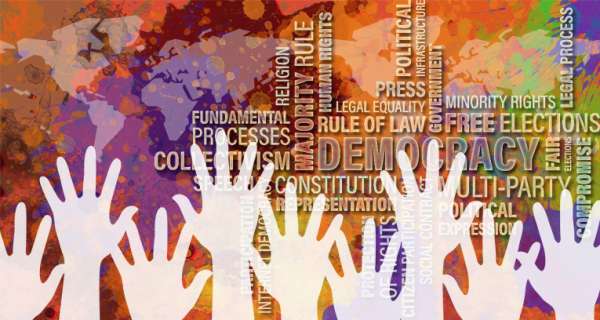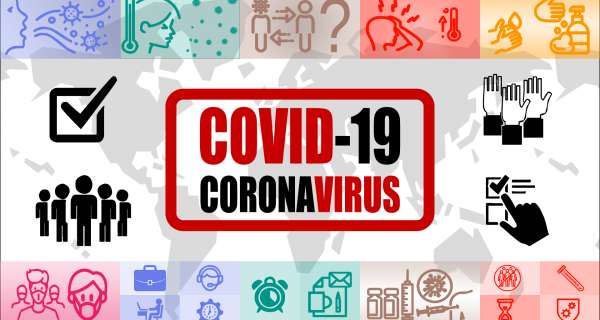Target 3.C: Increase health financing and support health workforce in developing countries
UN definition: "Substantially increase health financing and the recruitment, development, training, and retention of the health the workforce in developing countries, especially in the least developed countries and small island developing states."
Health worker density - SDG Indicator 3.C.1
Definition: Indicator 3.C.1 is "Health worker density and distribution".
Health worker density is the size of the health workforce per 1,000 people. It is measured here based on the density of physicians, surgeons, nurses and midwives, dentistry, and pharmaceutical personnel.
Goal: By 2030 "Substantially increase health financing and the recruitment, development, training, and retention of the health workforce in developing countries".
Target 3.D: Improve early warning systems for global health risks
UN definition: "Strengthen the capacity of all countries, in particular developing countries, for early warning, risk reduction and management of national and global health risks."
Health emergency preparedness - SDG Indicator 3.D.1
Definition: Indicator 3.D.1 is the "International Health Regulations (IHR) capacity and health emergency preparedness".
The IHR Core capacity index is measured as the percentage of attributes of 13 core capacities that have been attained at a specific point in time. The 13 core capacities are (1) National legislation, policy, and financing; (2) Coordination and National Focal Point communications; (3) Surveillance; (4) Response; (5) Preparedness; (6) Risk communication; (7) Human resources; (8) Laboratory; (9) Points of entry; (10) Zoonotic events; (11) Food safety; (12) Chemical events; (13) Radionuclear emergencies.
Goal: By 2030 "Strengthen the capacity of all countries, in particular developing countries, for early warning, risk reduction and management of national and global health risks".
Credits: Main photo by Thirdman


























0 Comments